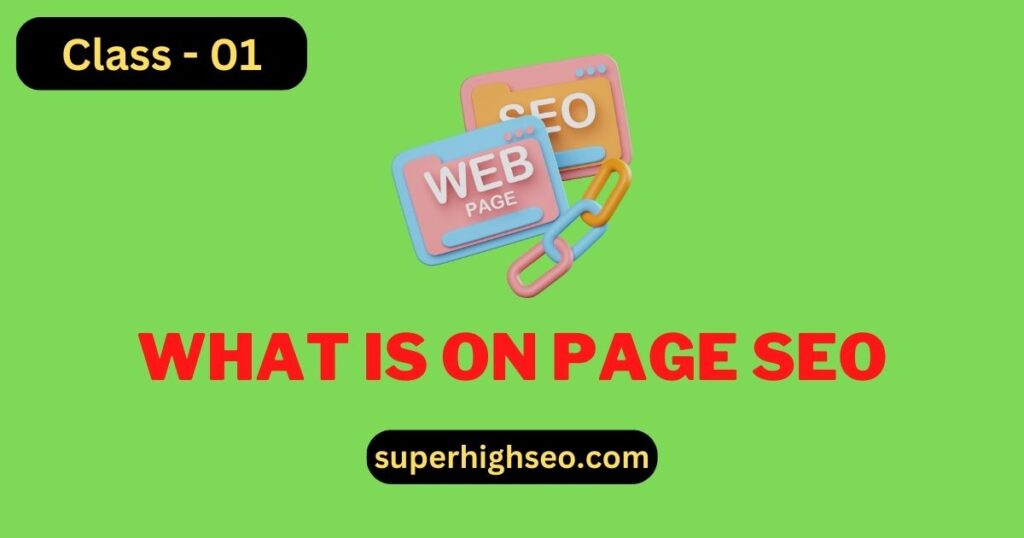
On-page SEO refers to optimizing individual web pages to rank higher and earn more relevant traffic in search engines. On-page optimization includes optimizing a web page’s content and HTML source code. It comprises various elements like page titles, headings, content, images, meta descriptions, etc.
Here are some of the critical components of On-Page SEO:
- Page Titles: A page title is the main text describing a web page’s content. It is displayed in the search engine results as the blue clickable headline.
- Meta Descriptions: A meta description summarizes the content of a web page that appears in the search engine results. It gives users an idea of what the page is about and helps them determine its relevance to their search.
- Headings: Headings structure the content on a web page and make it easier for users to read. Headings are marked with HTML tags like H1, H2, H3, etc.
- Content: High-quality, relevant, and informative content is essential for on-page SEO. The content should be keyword-optimized and answer the user’s questions.
- Images: Optimizing images with descriptive file names, alt tags, and captions can help improve the visibility of a web page in search engines.
- URLs: URLs should be descriptive and concise and include the main keyword for the page.
By optimizing these elements, you can improve the visibility and relevance of your website in search engines and drive more traffic to your site.
